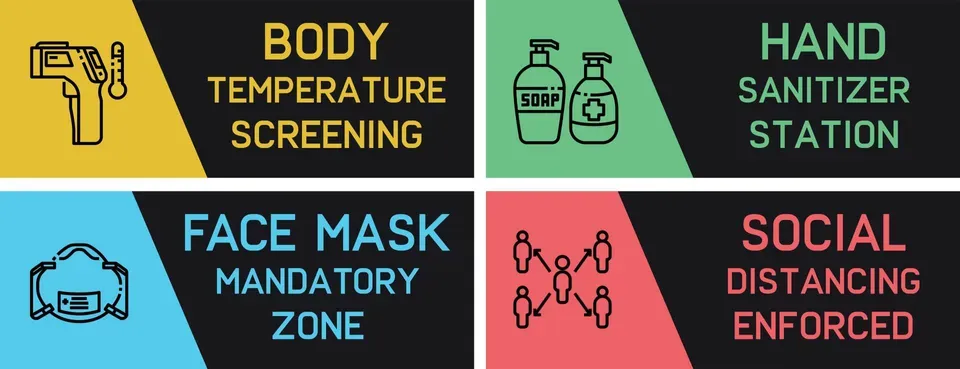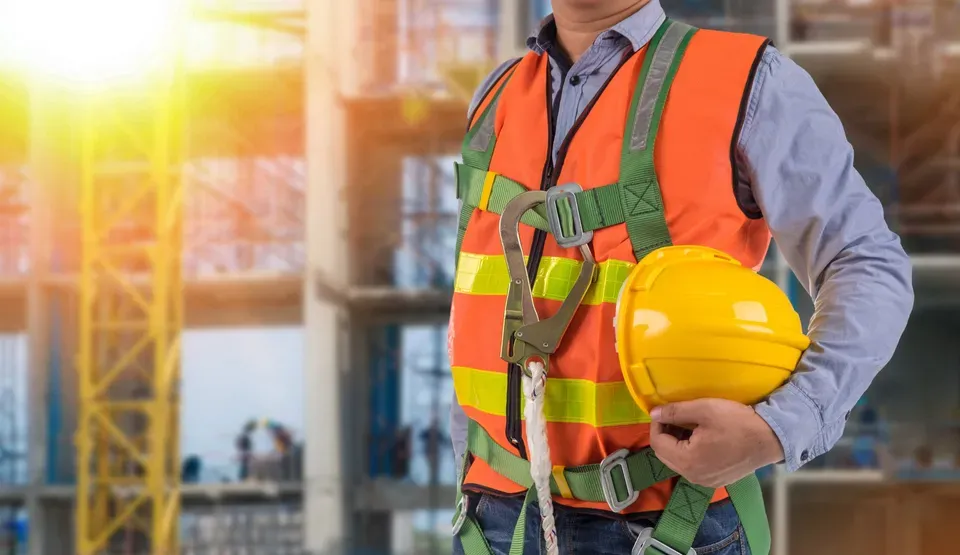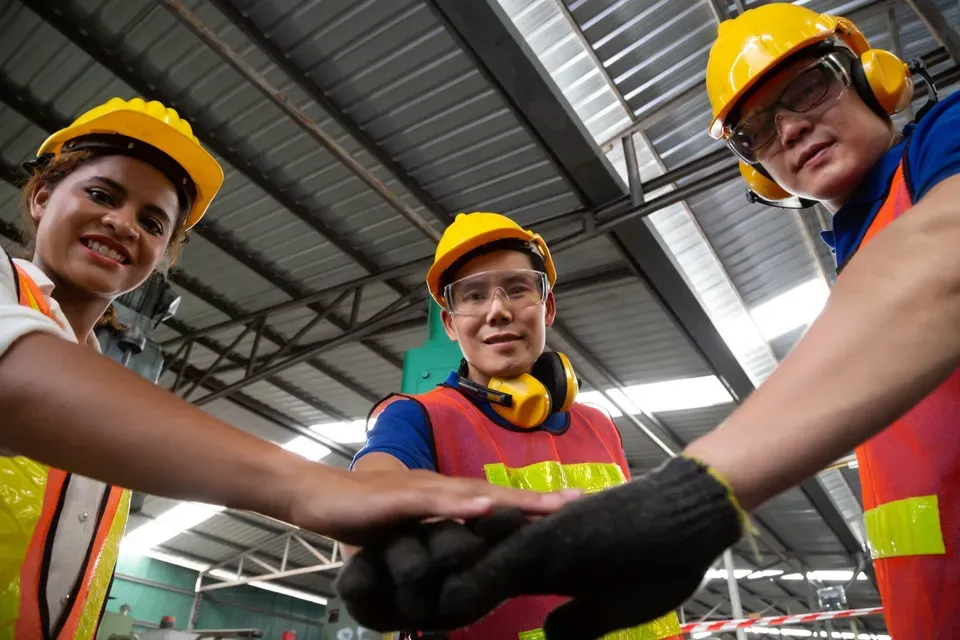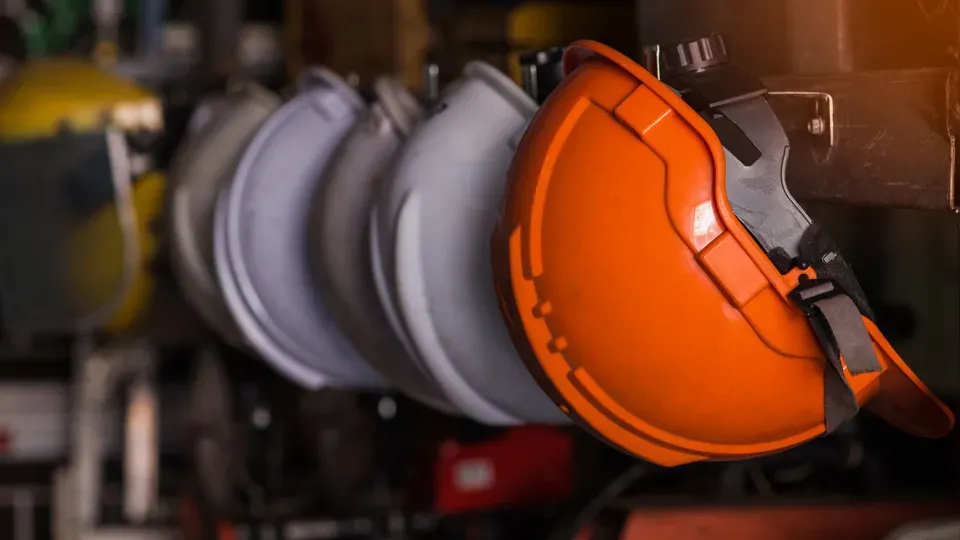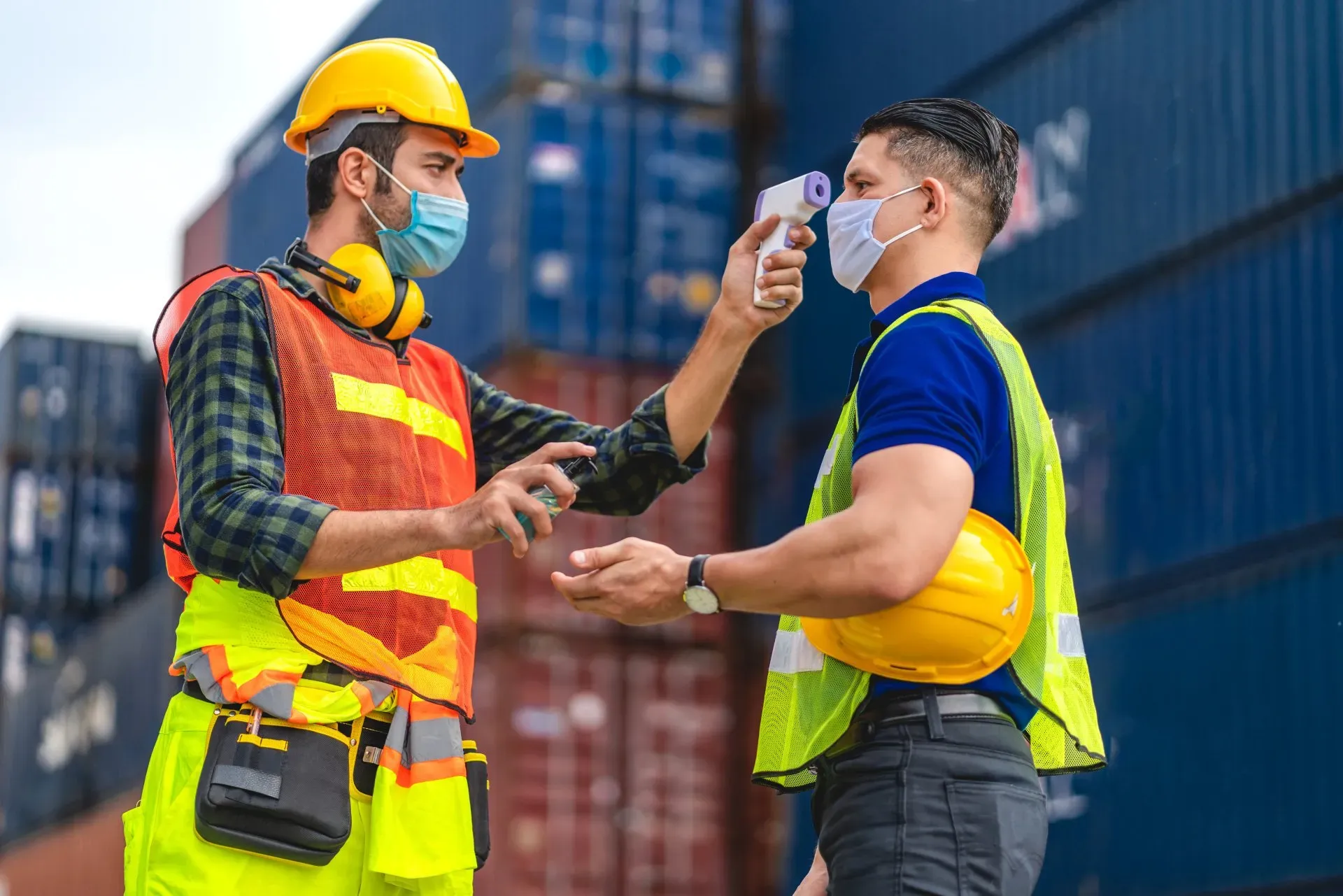President's Perspective: Keeping Safety Fresh
In my book, How Smart People Can Stop Doing Stupid Things, there is a section that deals with keeping safety fresh by applying MOST, which stands for Method Oriented Safety Thinking®. It starts with the observation that safety, beer, vegetables, and milk all have one thing in common: they have to be kept fresh.
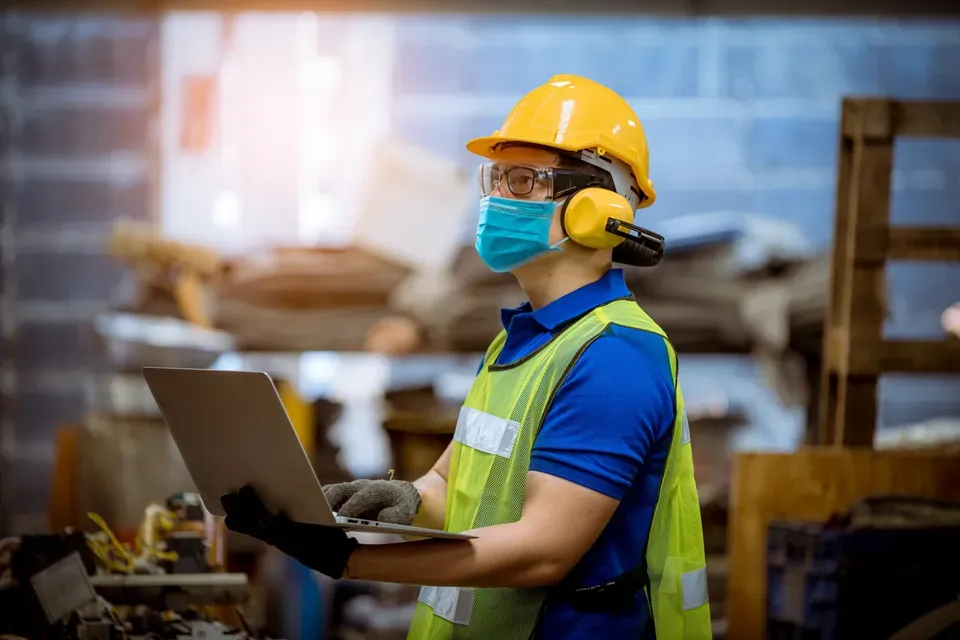
In my book, How Smart People Can Stop Doing Stupid Things, there is a section that deals with keeping safety fresh by applying MOST, which stands for Method Oriented Safety Thinking®. It starts with the observation that safety, beer, vegetables, and milk all have one thing in common: they have to be kept fresh.
When you apply Method Oriented Safety Thinking®, safety is always on your mind. I like the way John Curley, General Manager at DET Distributing, puts it: “To work, safety always has to be kept top of mind.”
The value of MOST is that it is a simple safety system that starts with what people already know…that carelessness and not thinking cause accidents and injuries. The elimination of carelessness happens when one becomes method oriented in doing the job the right way. And not thinking is simply solved by constant safety thinking that is kept fresh and vibrant by practicing MOST.
This means that you become immune to the ups and downs of hit and miss safety awareness where stupid things are allowed to happen. In practicing MOST you are constantly taking self-responsibility and applying Method Oriented Safety Thinking® as a way of life. In this environment stupidity and carelessness have no place to grow.
In making the MOST system work, every employee should know that it stands for: Method Oriented Safety Thinking®. The word MOST then becomes a fresh ongoing reminder to do the job the right way and the safe way. When MOST is used to keep safety fresh, it acts like a mantra that becomes repeated over and over to reinforce doing the right thing and thinking the right way.
When I was a Boy Scout, we received a coin like token with the words inscribed: “Transfer from left to right pocket daily after doing a good deed.” The token served as a reminder to look for good things that you could do for other people.
A good day became a better day when the token ended up in the right side pocket!
In a similar way, when the word “MOST” becomes ingrained as an established way of thinking it helps promote self-responsibility in employees and supervisors can reward safe and productive work habits and not have to spend time repeatedly correcting carelessness and stupidity.
I admire the safety tag line, that some companies follow, which is “Nobody Gets Hurt”. The only way that ‘Nobody Gets Hurt” can become a reality is that every single person believes that they can work injury free by doing the job the right way and applying safety thinking.
I’ve often wondered why it is that some employees can work for an entire career of say 40 years for a company as a truck driver or machinist in a relatively high risk environment and they retire with a perfect safety record….they never got injured. You never see them taking shortcuts. They obey safety rules and always wear required PPE. If you ask them, what’s the secret to working without ever getting hurt? Typically, these safety champions answer: ‘By always being aware of your surroundings’. When safety is kept fresh, you are always aware of your surroundings that may change and present a variety of risks.
After experiencing a bumpy ride from Nashville to Houston ending with a hard landing, a Delta pilot sitting next to me laughed and made the observation about his own pilot performance: “Well, for me if I haven’t flown in a month my passengers can tell. If I haven’t flown in a week my co-pilot can tell. And if I haven’t flown in the past couple days, I can tell.” To achieve top performance we must stay on top of our game and keep our skill level fresh.
Safety in the workplace or at home is not like riding a bicycle where once you have learned then years later you have no problem picking it back up without a thought. If you are not fresh and current on managing risks, the chances of having an accident skyrocket.

